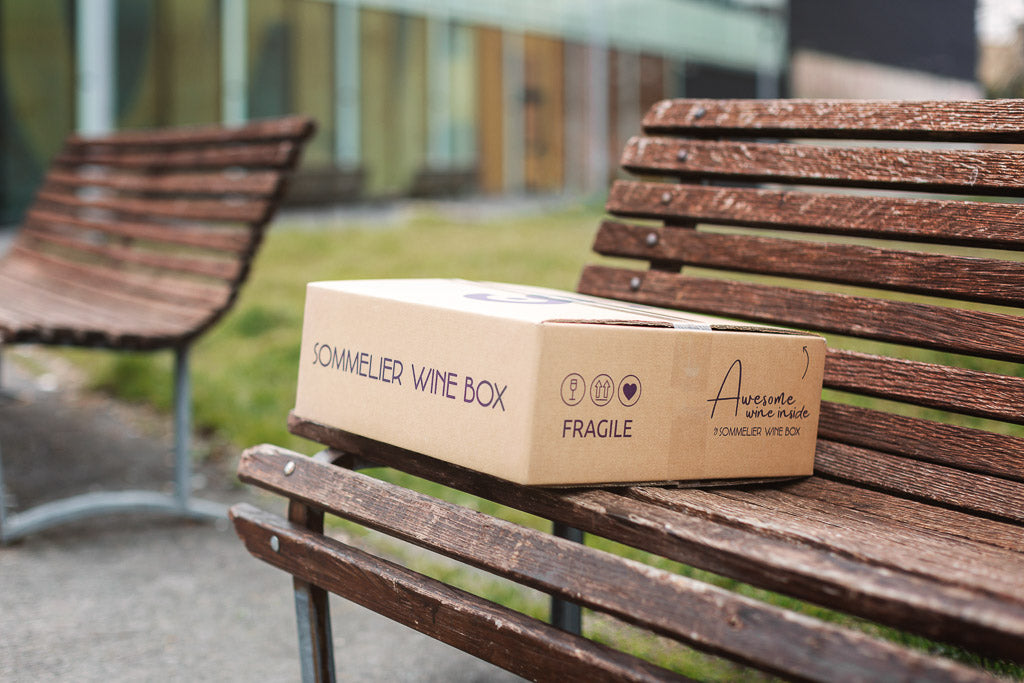It is well known that the world of wine is already affected today and will increasingly be affected by climate change, beyond any denialism. This will change the winemaking structures we are used to. But what is being done in winemaking circles to combat climate change?
The climate change is the theme of contemporaneity: if there are wars increasingly caused by climate change, hydrogeological disruptions are under the eyes of anyone who wants to see but a 16 year old girl is needed to shake the consciences of the powerful, if the abuse of plastic shocks opinion publishes - and also collects the first clear counteractions - here we are asked yourself what the role of the world of wine is.
Agriculture sustainable
For Salvatore Agusta :
the goal of sustainable agriculture is to meet society's food and textile needs in the present without compromising the ability of future generations to meet their own needs. Sustainable agriculture professionals seek to integrate three main goals into their work: a healthy environment, economic profitability, and social and economic equity.
Sustainability does not only imply ecological aspects but also involves an economic, instrumental and ethical analysis.
The concept of time is more central than ever and handing down viticulture from generation to generation is to be considered a first form of sustainability , because it means worrying about who will cultivate the vineyards of tomorrow , and who will be able to do it in harmony with the logic of yesterday.
What can wineries do to combat climate change?
Sustainable viticulture is a declaration of love for the environment and for those who live there and there are many solutions that sustainable wineries adopt: from the use of recycled and less often glass for the bottles to the use of renewable energy and eco-sustainable materials, to non-aggressive and inexpensive environmental practices (crop self-regulation, organic fertilizers, green manure, precision viticulture, pest control, crop rotation, drastic reduction of herbicides, pesticides and pesticides but also reuse of pruning waste...), from the use of renewable energy to energy efficiency, which can take the form of architectural practices that do not waste energy and are at the same time of great aesthetic and technological charm.
Countering waste of resources, water but not only, is today a moral obligation. Although important, the water consumption connected to irrigation is not the truly prevalent data - considering the limited water needs of the vine - more relevant is the quality of the water put back into circulation after the cellar practices.
Environmental sustainability indicators, in the vineyard
There are many associations who deal with environmental sustainability certifications.
In Italy in 2011 the Viva Sustainable Wine project was launched and many wineries they conquered the Viva label. It is a transparency tool which informs the consumer that that wine has been produced in compliance with the logics of sustainability.
There are four indicators analyzed to evaluate sustainability performance and for communicate it:
- Air - i.e. how much CO2 the wine has produced.
- Water - that is, how much water was used to produce a wine.
- Vineyard - indicator that measures the quality of agronomic practices in the management of vines.
- Territory - indicator that measures the company's commitment to the protection of biodiversity and the landscape, but also of society as a whole.
How to use production waste wine?
The circular economy, the reduction and management of waste and waste are among the biggest challenges that our generation faces (only 9% of the 92 billion tons of raw materials consumed are today recovered and returned to the system). If there is still a lot of work to be done in this area, this is precisely where creativity must be unleashed. Moreover, for an entrepreneur the present is valid according to his projection into the future, so that the benefits and well-being derived from his work are long-lasting and not to the detriment of future generations.
Around the world, approximately 26 billion liters of wine are produced every year. From this process almost 7 million tons of pomace are obtained to be transformed and in the waste grape skins there are still many polyphenols, which have antioxidant properties, from which specialized companies obtain creams and beauty products, but also ecological boxes and labels for wines, fabrics, biofuel, supplements, dyes, oil and materials to be used in green building.
And then they exist also other types of companies that carry out research and give new life to waste materials from production: from packaging to glass bottles (100% recyclable material), from wooden boxes to cork…
Some data on viticulture in Italy
There Organic viticulture between 2004 and 2015 recorded a positive growth of 295%. Europe and 280% in the world.
Italy is the European country with the largest area of land cultivated using methods organic, although producing organic is more expensive than traditional methods. 105 thousand hectares are the organically managed vineyard lands in Italy (inclusive of vineyards in conversion) and Sicily is the region with the largest organic vineyard.
38% of Italian companies adopt integrated pest management techniques while 32% produce organic wines. In economic terms, the development of the most sustainable companies is positive, as they grow at almost double the speed of non-sustainable ones.
What can the wine consumer do?
In Italy i consumers are increasingly "eco-responsible" and willing to pay for brands sustainable (52% are willing to spend more on green products, a higher figure to the European average).
The winelover, in particular, has the power to choose wines that have sustainability claims on the label, as long as these are credible.




